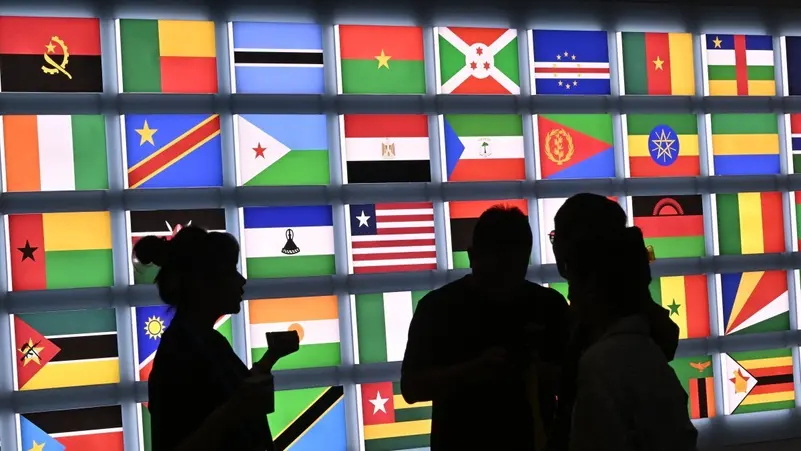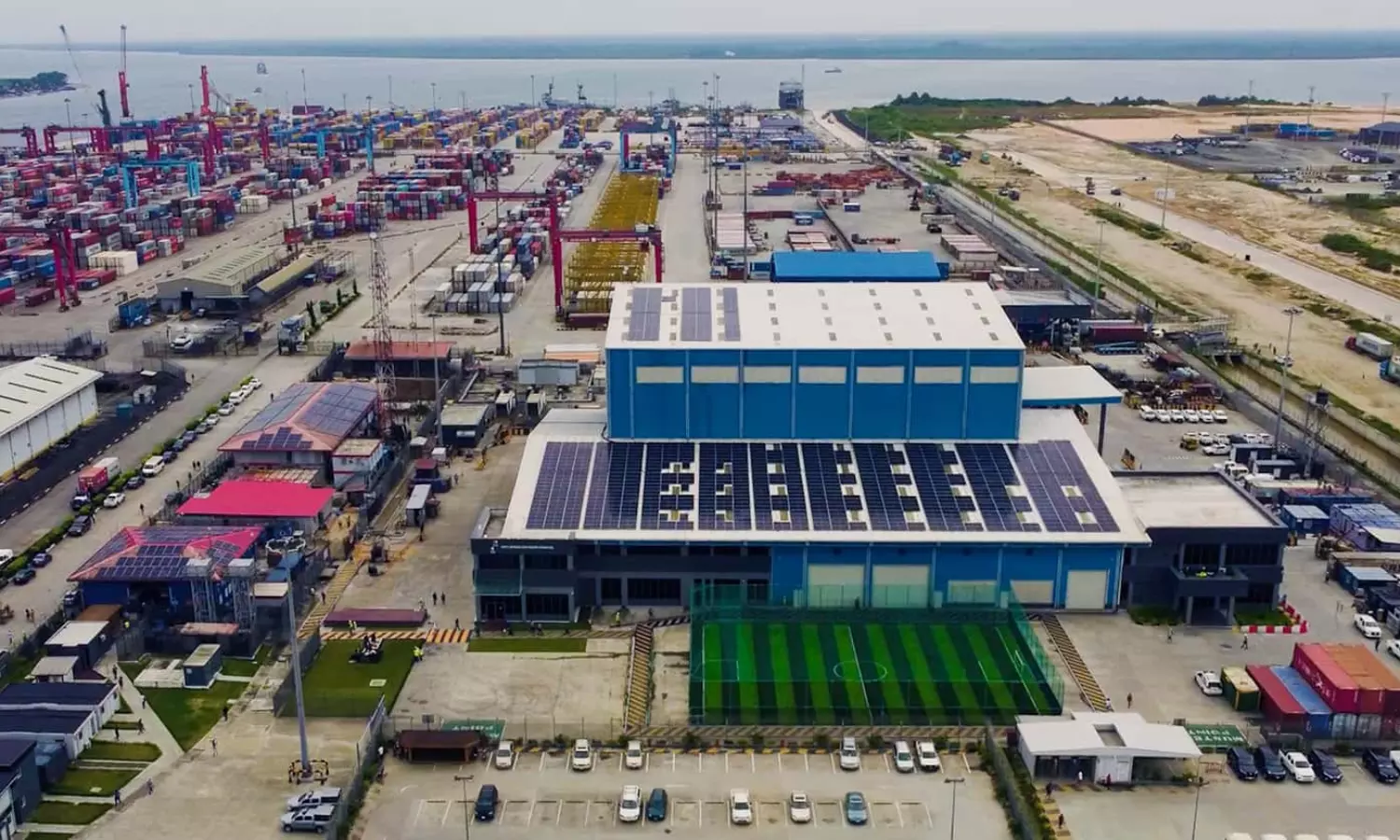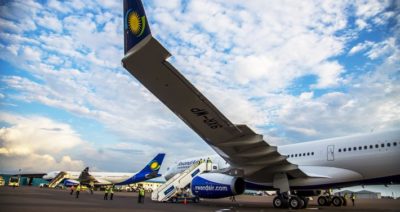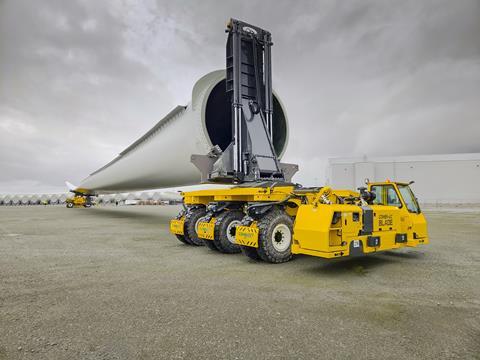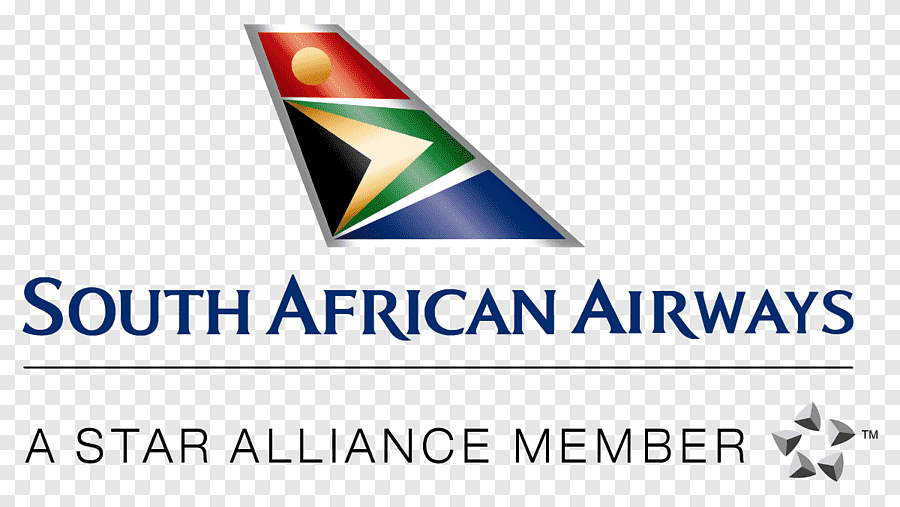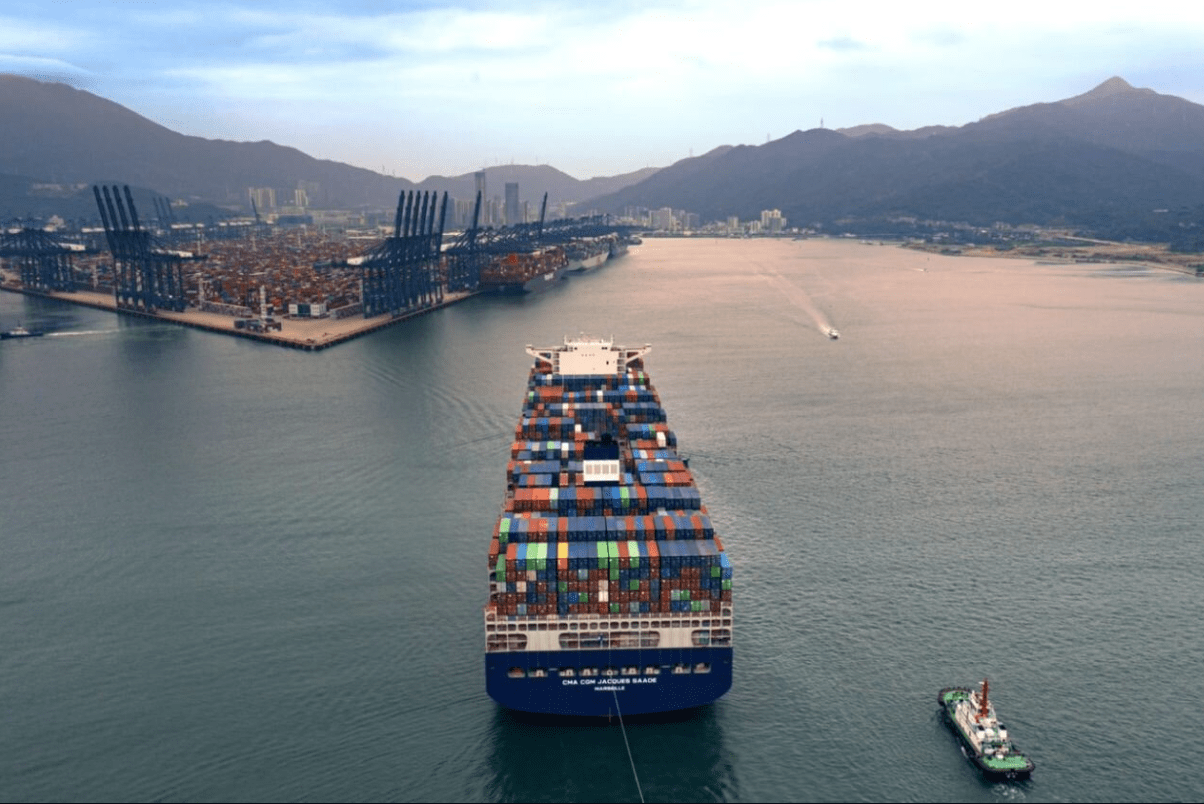Logistic

UAE airfares have increased 22% since COVID-19 pandemic: Report
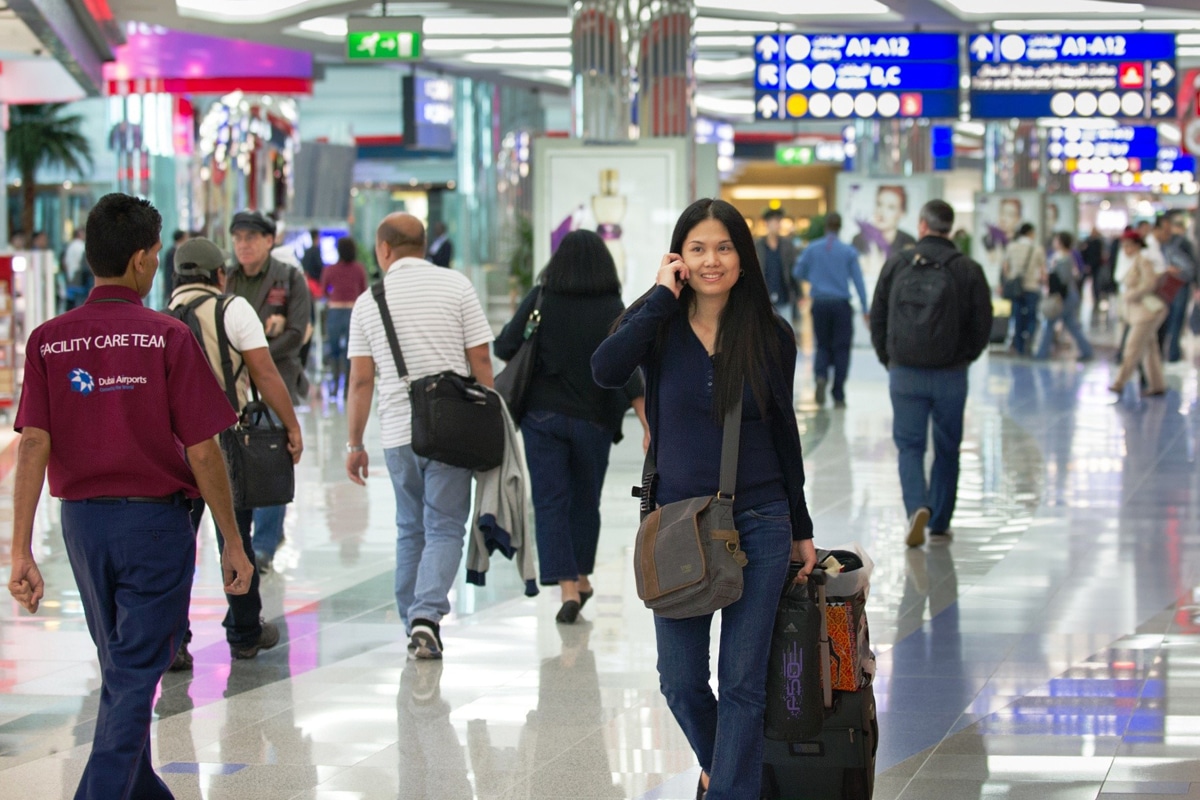
International airfares in the UAE, Middle East and across Asia Pacific have increased significantly, according to a report by Airports Council International Asia-Pacific and Middle East (ACI APAC and MID).
While international air traffic is rebounding, with seat capacity expected to surpass pre-pandemic levels by the end of the year, airfares remain more than 10 per cent higher in several markets.
The topic of rising airfare trends was one of the focal points of discussions among airport leaders during the Board Meeting of the Airports Council International Asia-Pacific and Middle East, hosted by Cambodia Airports, in Phnom Penh.
UAE airfares
The airfare study, undertaken by ACI APAC and MID, in partnership with Flare Aviation Consulting, examined airfare trends across approximately 60,000 routes in 19 countries from 2019 to 2024, providing a detailed view of post-pandemic air travel recovery in the region.
In the Middle East, traffic volumes have surpassed pre-pandemic levels in most countries by Q2 2024.
Countries such as Bahrain (+24 per cent), Qatar (+27 per cent), Saudi Arabia (+30 per cent), and the UAE (+39 per cent) have experienced robust traffic growth.
However, despite this recovery, international airfares in some countries remain elevated. In the UAE, fares increased by 22 per cent, while Oman saw a rise of 10 per cent.
Emmanuel Menanteau, President of ACI Asia-Pacific and Middle East and Regional Director, VINCI Airports, said: “Affordable airfares is crucial not only for ensuring accessibility to air travel but also for supporting the economic vitality of our communities.
“Excessive fare increases can discourage passengers, hinder connectivity, and ultimately impact the growth of our sector. It is critical to keep air travel within reach for all, allowing our airports and local economies to thrive together.”
Stefano Baronci, Director General, ACI Asia-Pacific and Middle East, said: “While passenger numbers in Asia-Pacific are returning to pre-pandemic levels this year, many travellers are paying significantly more, especially on domestic routes.
“This indicates that the demand for air travel is likely higher than in 2019. We must ensure that rising airfares do not become a barrier for potential customers. Passengers deserve transparency about these costs.
“Airfares result from a complex pricing system set by airlines, influenced by demand and supply, price elasticity, competition on any given route. For example, routes that are reliant on a single airline saw fare increases of over 25 per cent, while those with steady competition experienced only about a 10 per cent rise.
“It is important to note that the increase in airfares is not related to airport charges. Considering the airlines’ cost structure, fuel prices and inflation have a much greater impact than airport charges.
“For a long time, airport charges have represented a stable component of airlines’ operating costs, averaging around 4 per cent.
“From 2019 to 2024, airport charges have decreased by 7 per cent for domestic flights and increased by only 6 per cent for international flights, making their influence on the recent spike in airfares in the region negligible”.
Several markets experienced significant airfare increases. The study showed a sharp rise in domestic airfares during the first half of 2024 compared to 2019 levels.
Notable increases were seen in key domestic markets such:
- India: +43 per cent
- Vietnam: +63 per cent
- Malaysia: +36 per cent
- Thailand: +26 per cent
- Australia: +21 per cent
Despite the anticipated recovery in international seat supply in these countries, air fares remain elevated compared to pre-pandemic levels.
In India and Vietnam, international fares rose by 16 per cent, Malaysia by 21 per cent, Australia by 14 per cent, and Thailand by 7 per cent, with low-cost carriers (LCCs) contributing to the sharpest increases.
The study also notes that low-cost carriers in the Asia-Pacific region have demonstrated greater resilience to the COVID-19 pandemic, increasing their market share and bargaining power, further influencing airfare trends.



